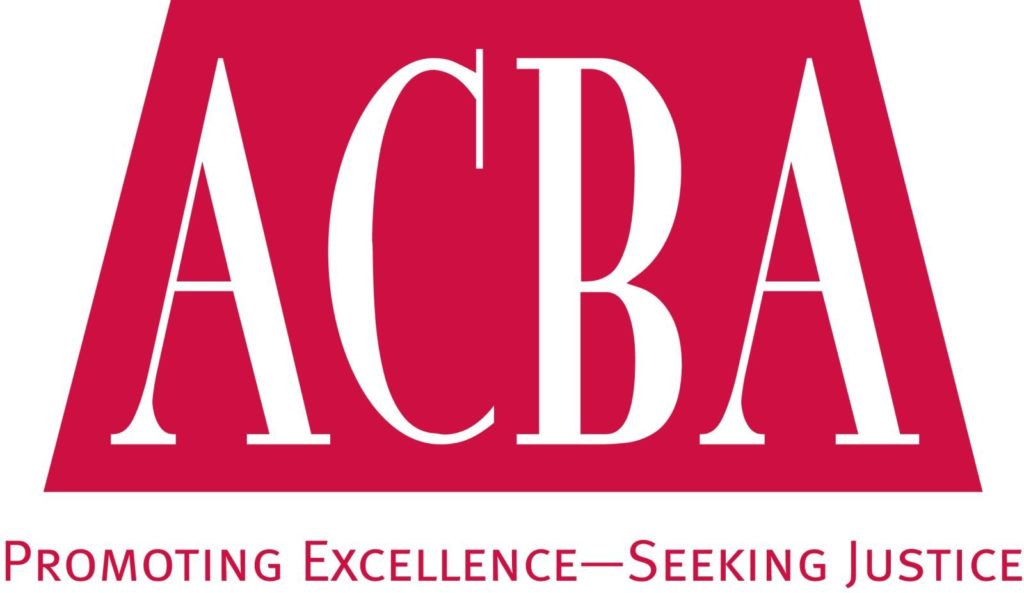
Conflict in the workplace costs employers significant time and money. It is also detrimental to the well-being of the employees, leading to stress, sleepless nights and overall dissatisfaction with their job. Maintaining a positive and productive workplace is a must to succeed in today’s environment. One of the most effective steps an employer can take is to address workplace disputes early and correctly.
A workplace dispute is any upset in the workplace caused by an employee being disgruntled or in conflict with another person, or when there is a conflict between departments. The signs and types of disputes vary greatly, from being barely perceptible to being splashed across a newspaper headline. Displays of unhappiness may include tardiness, absenteeism or a slowdown in productivity. They may also appear in the form of body language and demeanor. Identifying these disputes requires that the employer be in contact with and empathetic to its employees.
Common Types of Disputes
- The most difficult situation to identify is the non-vocalized dispute. This occurs when an employee is disgruntled, over such things as workload, supervision style, other coworkers, salary, the role of their position, etc., but fails to voice their feelings.
- Other disputes may be indirectly vocalized. In this situation, the employee may make complaints about workload or environment to their peers, complain to their supervisor, or make clear displays of unhappiness in the workplace. However, these issues have not risen to a level that the employer recognizes it as a dispute.
- Interpersonal conflicts frequently flow from disputes that are indirectly vocalized. These disputes are clear and must be dealt with immediately. They appear in the form of peer to peer arguments, peer to supervisor arguments or disobedience, team to supervisor complaints, or complaints to the Human Resources department.
- Interdepartmental complaints are disputes that may most heavily impact productivity. These may be caused by disputes over each department’s role or ownership within a project, over budget allocations, staffing or even perceived importance within the company. These types of disputes lead to power struggles, loss of focus on the company mission, and to budget and deadline overruns.
Financial Impact
Workplace disputes affect not only productivity but also have a significant financial impact. The loss in productivity itself affects profitability, but in addition, should someone decide to quit or if they are fired, it generally costs about 150% of the person’s salary in to hire a replacement (W.G. Bliss, isquare.com). This expense comes in part in the form of supervisor time, HR time, advertising costs, reviewing resumes, interviewing, generally paying a higher salary, overtime for remaining employees who have to fill in, the cost of a temporary or contract employee to fill the position, orientation, training costs, recruiter fees and more! To put it in perspective, the cost to replace an employee with a $100,000 salary is $150,000. A great deal could be done with $150,000 to keep the employee happy and productive while still saving the company thousands, if not millions, of dollars, depending on their rate of turnover.
Barking Dog Syndrome
When dealing with workplace disputes, one of the biggest mistakes a company can make is to avoid the conflict. This is such a common issue because, in general, people like to get along. They also like their jobs and do not want to make waves. However, conflict avoidance frequently leads to what I refer to as the Barking Dog Syndrome or BDS. BDS occurs when the neighbor’s dog starts barking when, for example, you want to be sleeping. Initially you try to ignore the barking, thinking it will be a short-lived issue. However, over the next several weeks or months (depending on your patience and conflict avoidance tendencies) the dog keeps barking and you get increasingly annoyed. Eventually, you reach out to the dog’s owner, but not until you are so angry that you are pounding on the neighbor’s door yelling at him to shut his dog up!
There are different types of conflict resolution styles: avoidant, collaborative and volatile. People frequently skip from avoidant straight to volatile. However, a collaborative approach is much more effective at resolving issues. In the dog example, maybe the owner was sick, or suddenly had to work graveyard shifts5 and has no idea the dog is driving you crazy. The best approach is to address the issue early, before anger is the controlling force in the situation.
Address Issues Early
In the workplace it is vital to recognize and address issues early. Waiting leads to anger, resentment, absenteeism, job resignation, termination and higher costs. In order to address issues early it is necessary that management pay attention to the morale of the employees. As soon as the dog starts barking, someone needs to ask why and how they can help. If someone appears unhappy or is having difficulty in a job the employer should ask how they can help. If there are complaints, address them quickly. At the very minimum, as soon as someone is placed on a Performance Improvement Plan (PIP), management needs to find out what is wrong. The PIP is a very clear line in the sand that signifies underlying issues.
Employers can help identify issues early through the use of a true open door policy – one where employees can address concerns without fear of retribution. Employers also need to watch for signs of conflict, such as one employee never going to lunch with the others, snide remarks, office politics, rumors, slipping of job performance or when there is a change of supervisor or management.
The goal of workplace dispute resolution is the same as mediation – help the people in conflict craft a solution that is best for them. A neutral third party, or mediator, will help guide the parties and keep them on track. When a third party is used to help mediate a workplace dispute, the third party must be neutral and not have any stake in the outcome. This person may be someone from HR, a supervisor from another department or an outside resource. Most importantly, the parties to the mediation need to be able to trust the third party. Once the mediator is in place, the mediation should be held in a neutral location and ground rules need to be set for the mediation.
Ground Rules
First, rules of confidentiality need to be agreed upon. Establish who the people in dispute can talk to about the mediation, such as their spouse or parent. Establish who will need to know about any agreement that is reached, such as HR, someone whose job duties may change, and supervisors. Establish who will be allowed to read the agreement. Think about who will be impacted by any changes to the workplace.
Second, set ground rules for the discussion. For example, be polite, no interrupting, if someone wants to say something they should write it down rather than interrupt. There should also be no bad or derogatory language, including negative body language, such as eye rolling, heavy sighs or glaring at the other party.
The mediator should try to spend equal time with both sides, and depending on the situation may separate the parties or keep everyone together. Most importantly, the mediator should not assume that he or she has the answer to the problem. By remaining neutral the mediator allows the parties to come up with a solution that is best for them. In workplace mediation there is frequently a power imbalance between the parties. The mediator, to the extent possible, should try and balance the power between the parties.
Wrongful Termination Disputes
Should a workplace dispute not be resolved and it leads to a termination or resignation, the consequences of the dispute may be enormous. We have already looked at the cost of turnover, but if a wrongful termination suit is filed, the cost can be devastating. A wrongful termination suit may be brought if the employee was terminated or if they feel they had to leave due to a hostile work environment. The suit may allege the employee was fired or forced to leave because the employer discriminated against them. The grounds for a discrimination suit include, but are not limited to, race, gender, age, color, national origin, disability, sexual orientation or family need, such as caring for a sick child.
The cost to defend such a suit can easily reach $250,000, and in addition, the employer may need to pay for the settlement of any claim. Beyond the actual costs, the company will be paying employees to prepare documents, appear for interviews and depositions, work with company attorneys, and participate in investigations. Such a suit can also cause productivity issues because employees are fretting over the suit, feel as though they were wronged, or are losing sleep.
The bottom line is that addressing issues early is the key to maintaining a cohesive and productive work environment. Be aware of how people are behaving, watch for signs of trouble, and as soon as there is a dispute don’t avoid it, but address it quickly.

